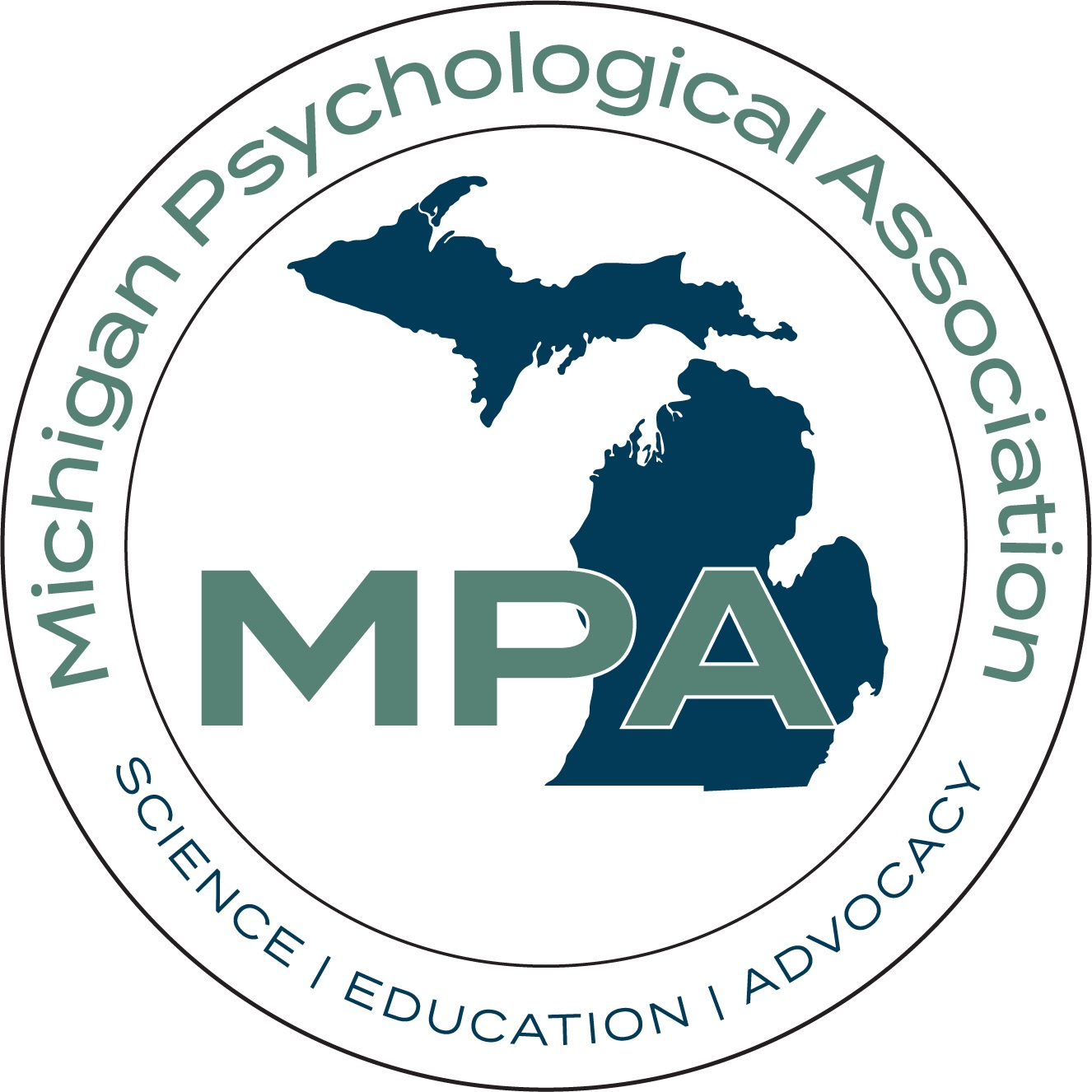Traumatic Memories of PTSD Patients are Handled Differently
What’s New in Psychology?
Traumatic Memories of PTSD Patients are Handled Differently
Jim Windell
Posttraumatic stress disorder (PTSD) often occurs in people who have experienced or seen a traumatic event, series of events, or set of circumstances.
According to the U.S. Department of Veterans Affairs, about six percent of people in the U.S. will have PTSD at some point in their lives. Many, however, with PTSD will recover, especially with treatment, and their symptoms will fade away. Before treatment and without therapy, PTSD will typically affect mental, physical, social, and/or spiritual well-being.
PTSD symptoms are generally grouped into four types, based on information from the Mayo Clinic. These symptoms include intrusive memories, avoidance, negative changes in thinking and mood, and changes in physical and emotional reactions. Symptoms, though, can be very individual and include things like flashbacks, avoiding specific places or people, and hopelessness.
Research shows that a brain region called the hippocampus governs both the formation and retrieval of episode memories. PTSD is associated with structural abnormalities of the hippocampus – mostly a reduction of its volume. Impairments to the processes of the hippocampus are a focal point in studying how PTSD affects the brain. However, another region of the brain, called the posterior cingulate cortex (PCC), is also very much involved in both narrative comprehension and processing of our memories. The PCC is particularly involved in the imagery of more emotional memories.
New research finds that traumatic memories are represented in the brain in an entirely different way than sad autobiographical memories. This finding supports the notion that traumatic memories in PTSD are an alternate cognitive entity that deviates from regular memory. And these findings may provide a biological explanation for why the recall of traumatic memories often displays as intrusions that differ profoundly from “regular” negative memories for patients with PTSD.
These findings come from research recently published in the journal Nature Neuroscience. The study was conducted by researchers at the Icahn School of Medicine at Mount Sinai and Yale University, it was the first to examine people’s real-life personal memories rather than looking at basic cognitive mechanisms, in order to link personal experience to brain function.
In order to examine whether and how the hippocampus and posterior cingulate cortex differentiate traumatic autobiographical memories from sad ones, the researchers looked at the reactions of 28 participants who had been diagnosed with PTSD and who underwent reactivation of autobiographical memory through script-driven imagery while undergoing functional magnetic resonance imaging (fMRI).
To generate stimuli based on participants’ individual autobiographical memories, the researchers used an imagery development procedure. Participants elaborated on three types of autobiographical memories: the “PTSD” condition: the traumatic memory associated with their PTSD (e.g., combat, sexual assault, domestic violence), the “sad” condition: a sad, meaningful, but non-traumatizing experience (e.g., death of a family member or pet), and the “calm” condition: a positive, calm event (e.g., memorable outdoor activities).
These highly personal depictions of autobiographical memory were then systematically arranged into an audio clip approximately 120 seconds long, narrated by a member of the research staff. Notably, the PTSD and sad narratives were scripted to maximize their structural similarity to each other. The purpose of this was to control for content and arousal. Participants listened to this novel rendition of their own memories for the first time while undergoing functional magnetic resonance imaging.
The research team was intrigued to find that patterns in the hippocampus showed a differentiation in semantic representation by narrative type. In the hippocampus, sad scripts that were semantically similar across participants elicited similar neural representations on fMRI. Conversely, thematically similar traumatic autobiographical memories did not elicit similar representations. Importantly, the researchers also found a positive relationship between semantic content and neural patterns of the traumatic narratives in the PCC, a brain region that was recently conceptualized as a cognitive bridge between the world events and representation of the self.
According to Daniela Schiller, Ph.D., Professor of Psychiatry, and Neuroscience, at Icahn Mount Sinai, “For people with PTSD, recalling traumatic memories often displays as intrusions that differ profoundly from processing of ‘regular’ negative memories, yet until now, the neurobiological reasons for this qualitative difference have been poorly understood.”
Dr. Schiller, senior author of the paper, added: “Our data show that the brain does not treat traumatic memories as regular memories, or perhaps even as memories at all. We observed that brain regions known to be involved in memory are not activated when recalling a traumatic experience. This finding provides a neural target and focuses the goals of returning traumatic memories into a brain state akin to regular memory processing.”
The results may explain why PTSD patients have difficulty recalling traumatic experiences in a coherent way. It could also indicate why these past experiences can trigger disabling symptoms in patients with the disorder. PTSD patients' brains work differently when recalling traumatic experience, says study co-author and Yale University clinical psychologist Ilan Harpaz-Rotem. “However, when presented with stories of their own traumatic experiences, brain activity was highly individualized, fragmented, and disorganized. They are not like memories at all.”
Future treatments aimed at “returning” the traumatic memory to a more typical representation in the hippocampus may be beneficial. The value of this research, notes Harpaz-Rotem, is that it could help psychotherapists guide PTSD patients to construct more helpful thought patterns that could help the brain eliminate the sense of immediate threat that trauma can cause.
To read the original article, find it with this reference:
Perl, O., Duek, O., Kulkarni, K.R., Schiller, D. et al. (2023). Neural patterns differentiate traumatic from sad autobiographical memories in PTSD. Nature Neuroscience 26, 2226–2236 (2023). https://doi.org/10.1038/s41593-023-01483-5




